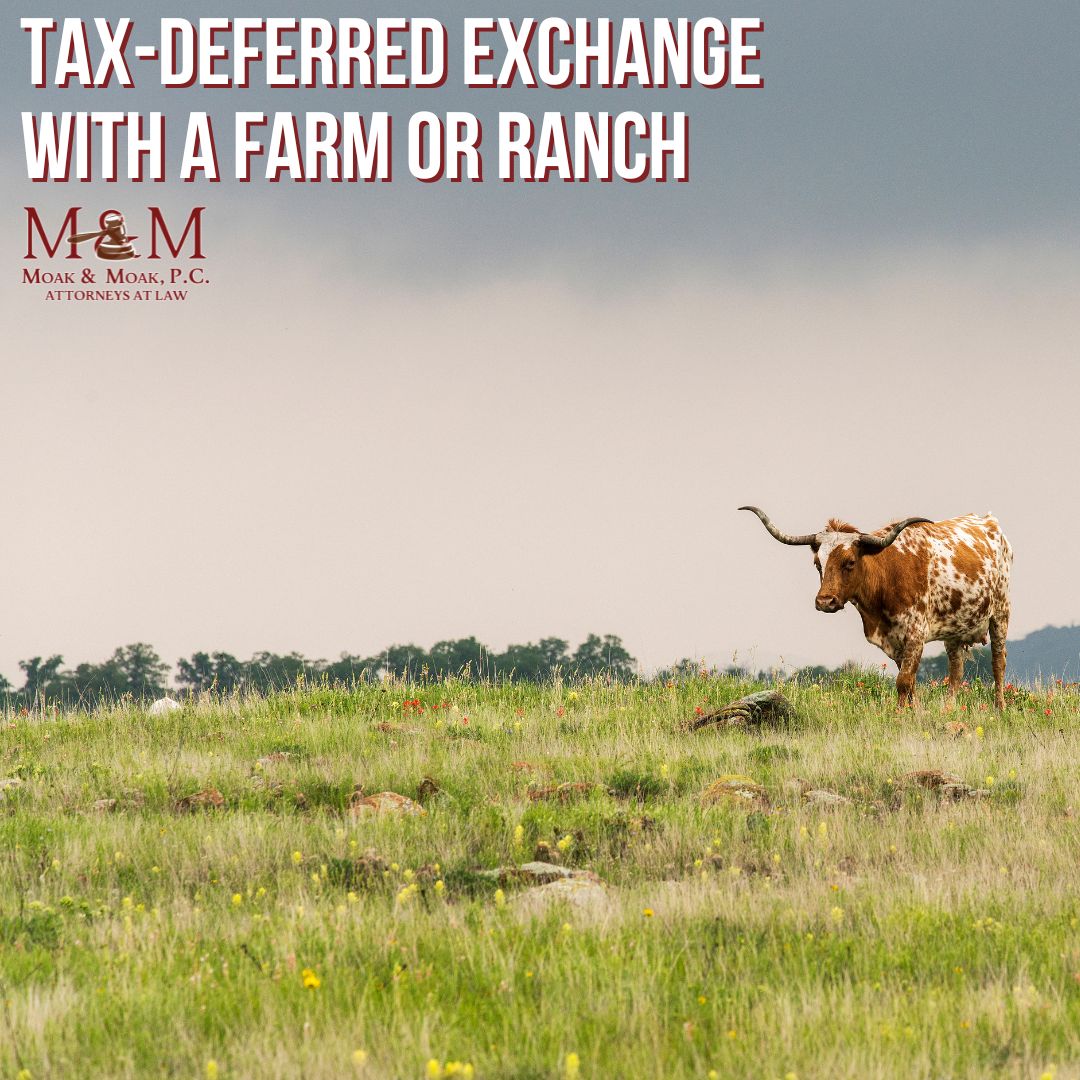I have long endorsed the use of Section 1031 of the Internal Revenue Code when selling property. However, many folks do not utilize this very valuable tax deferment when selling investment property. This tax saving tool is not permanent tax savings, but a way to defer taxes at the time of sale by reinvesting in like property, and perhaps defer the tax until a more favorable time. I met with Greg Lehrmann, owner of ExceLehrmann 1031, at my recent continuing legal education course and he provided me with the information for this week’s column.
What is a 1031 Tax-Deferred Exchange you may ask? An IRC 1031 Exchange permits you to sell property without paying tax on the gain of the sale, if you replace the property by following the rules. Simply, a 1031 Tax-Deferred Exchange is the process of deferring the payment of taxes when selling investment property to a later time by investing the proceeds from the sale of one investment property into the purchase of another.
The 1031 exchange offers a pwerful tax deferral strategy for those selling farms and ranches. This provision allows property owners in the agriculture sector to defer capital gains taxes by reinvesting the proceeds from a sale into so called “like kind” real estate. Texas is experiencing growth like never before and much of what is now farm or ranch land is disappearing. If you or your family owns farm or ranch land, you may want to take advantage of this tax deferral tool.
No type of real estate in America has more expansive possibilities for dererring capital gains taxes than agricultural land. Whether you are buying more farmland, purchasing rentals or vacation homes, or acquiring hassle free passive real estate, the possibilities are numerous. Much more than most people think.
Understanding the broad definition of like kind properties can significantly benefit sellers. The misconception that exchanges must be between identical types of properties (e.g., farm for farm) limits many from exploring how this tax strategy can facilitate growth, creat diversification and increase cash flow, all without incurring immediate tax liability. The definition of “like kind” property is very broad; it includes water and mineral rights, conservation easements, and even different types of commercial or residential real estate, creating a myriad of strategic investment opportunities. Additionally, leveraging Section 1031 in combination with Section 121 for the sale of a primary residence on the proprety can optimize tax savings, allowing sellers to maximize their financial outcomes.
The options for rural land owners are so varied that I can’t cover them in this one column. So, I will focus only on the split treatment transaction this week.
A split treatment transaction involves the sale of a property used partially as a primary residence and partially for other purposes. The landowner, in consultation with a tax advisor, must allocate the portion of the sales proceeds attributable to the part of the property that is used as a principal residence for tax exclusion under Section 121. The remaining farm or ranch proceeds usually qualifty for Section 1031 deferral. When closing on the sale, the landowner may receive the net sales proceeds allocated to the primary residence directly from the title company. Before the sale closes, a 1031 exchange company (like Greg Lehrmann’s firm) acts as the qualified intermediary and must be in place for the business or investment portion of the transaction. The landowner must meet other requirements also necessary for a 1031 Exchange.
An example: John and Mary have owned a 200 acre working ranch for 50 years and have always lived on the property. Their tax advisor has allocated one acre as there primary residence. The property is sold to a buyer. John and Mary receive the portion of the sale proceeds attributed to the primary residence (net of the pro rata portion of closing costs) at the closing. They then sign exchange documents for the remainder of the proceeds to go into their exchange account with the qualified intermediary. Then through the qualified intermediary, they reinvest these proceeds into like kind property that has been identified for this purpose. Thus, deferring taxes on those sale proceeds.
For sellers of agricultural properties, understanding and utilizing 1031 exchanges can lead to significant tax advantages and financila growth. The inclusion of Section 121 provides an added benefit for those selling a primary residence, further minimizing the tax burden. In essence, a strategic approach to selling agricultural property through a 1031 exchange can transform a simple sale into a substantial investment opportunity, ensuring long term benefits and financial security.
As many are aware, there are other opportunities with traditionally agricultural land. Solar and wind fields have become popular, but there is growing evidence of economical damages caused by these options. In future weeks, I will dicuss conservation easements, carbon credits, and other alternatives that can allow the property to still be used as the family traditionally has used it and still produce income.
Few buyers have property to trade, and not all sellers have located suitable replacement property when they’ve decided to sell. That is when a real estate attorney and a title insurance company experienced in facilitating exchanges can be of assistance.

